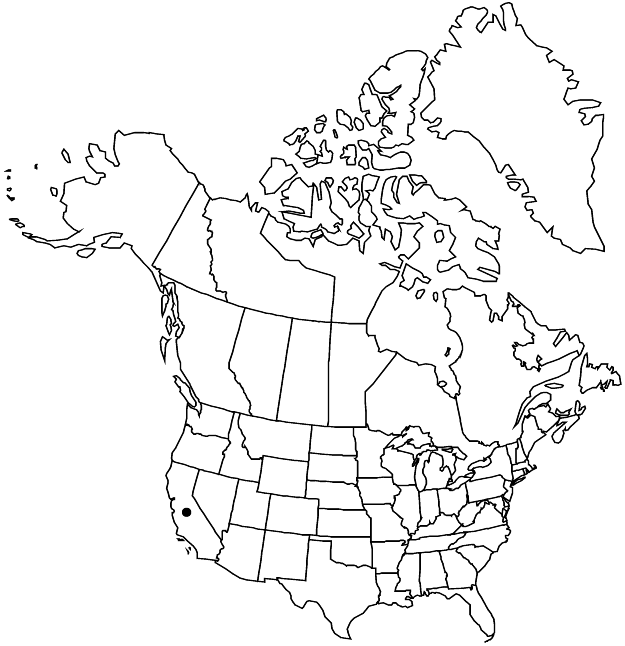Difference between revisions of "Minuartia rosei"
Rhodora 82: 499. 1980.
FNA>Volume Importer |
imported>Volume Importer |
||
| Line 8: | Line 8: | ||
}} | }} | ||
|common_names=Peanut stitchwort | |common_names=Peanut stitchwort | ||
| + | |special_status={{Treatment/ID/Special_status | ||
| + | |code=E | ||
| + | |label=Endemic | ||
| + | }} | ||
|basionyms={{Treatment/ID/Basionym | |basionyms={{Treatment/ID/Basionym | ||
|name=Arenaria rosei | |name=Arenaria rosei | ||
| Line 52: | Line 56: | ||
|publication title=Rhodora | |publication title=Rhodora | ||
|publication year=1980 | |publication year=1980 | ||
| − | |special status= | + | |special status=Endemic |
| − | |source xml=https:// | + | |source xml=https://bibilujan@bitbucket.org/aafc-mbb/fna-data-curation.git/src/bb6b7e3a7de7d3b7888a1ad48c7fd8f5c722d8d6/coarse_grained_fna_xml/V5/V5_272.xml |
|subfamily=Caryophyllaceae subfam. Alsinoideae | |subfamily=Caryophyllaceae subfam. Alsinoideae | ||
|genus=Minuartia | |genus=Minuartia | ||
Revision as of 23:32, 27 May 2020
Plants perennial, mat-forming. Taproots moderately stout, woody. Stems ascending to erect, green, 5–20 cm, glabrous except in inflorescence, glaucous, internodes of stems 0.5–4 times as long as leaves (proximal leaves longer than internodes); rhizomes and trailing stems 5–20 cm. Leaves loosely overlapping proximally, ± evenly spaced, connate proximally, with tight, scarious sheath 0.2–0.6 mm; blade straight or outwardly curved, green, shallowly concave (dorsiventrally flattened, curved into trough), 1-veined abaxially, needlelike, 4–15 × 0.5–1.2 mm, ± flexuous, margins not thickened, scarious in proximal 1/5, smooth, apex green to purple, acute to obtuse, sometimes apiculate, navicular, dull, glabrous, glaucous; axillary leaves well developed among proximal cauline leaves. Inflorescences 12–25-flowered, open cymes; bracts subulate, herbaceous, margins scarious proximally. Pedicels 0.4–3 cm, often stipitate-glandular. Flowers: hypanthium disc-shaped; sepals obscurely 1-veined, narrowly ovate to lanceolate (herbaceous portion narrowly ovate to lanceolate), 2.5–4 mm, not enlarging in fruit, apex green to purple, acute to acuminate, not hooded, glabrous or very sparsely stipitate-glandular; petals oblanceolate to narrowly oblong-elliptic, 1.4–2.2 times as long as sepals, apex rounded, entire. Capsules sessile, ovoid, 3.5–4.3 mm, longer than sepals. Seeds reddish brown to brown, oblong-elliptic, compressed, 2.3–2.8 mm, tuberculate; tubercles low, rounded.
Phenology: Flowering spring–summer.
Habitat: Open, serpentine slopes with scattered oak and Jeffrey pine
Elevation: 700-1400 m
Discussion
Minuartia rosei, like M. decumbens and M. stolonifera, is restricted to serpentine soils of northwestern California. The three species are most closely related to the polymorphic M. nuttallii.
Selected References
None.
